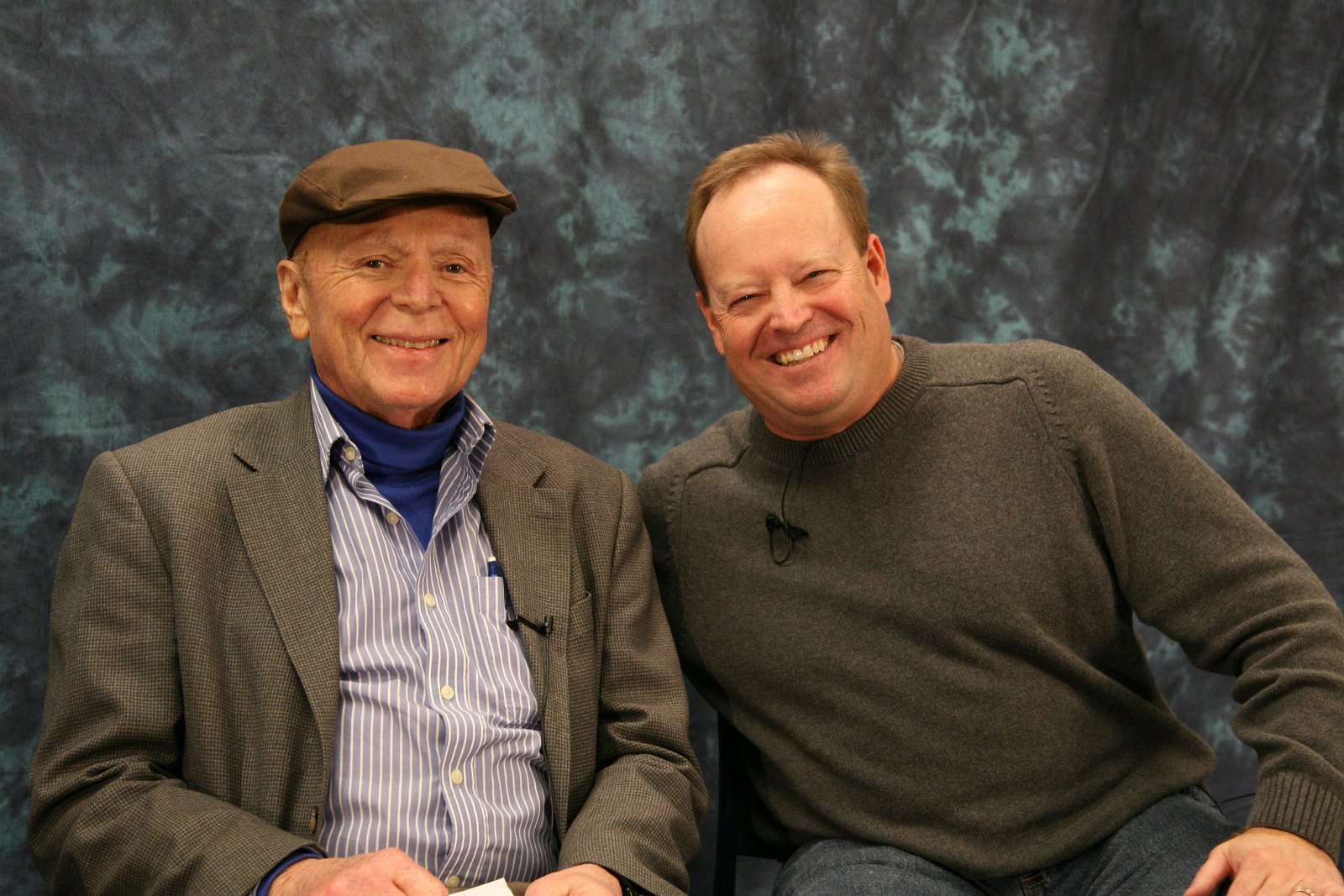Before you begin editing the interview it is important to know and document what is in the interview. This is one of the more time consuming and least enjoyable parts of the entire process, but it is the foundation upon which much of the editing is built. The goal is to generate an ordered list of all questions asked followed by all the stores associated with each question asked. The start time for item in the list is added to each entry, i.e., a Table of Contents for the interview The document might look something like the following:
- Question 1 (@hr:min:sec) - level 1 heading
- Story 1 (@hr:min:sec) - level 2 heading
- Story 2 (@hr:min:sec) - level 2 heading
- Question 2 (@hr:min:sec) - level 1 heading
- Story1 (@hr:min:sec) - level 2 heading
- etc.
Once this initial Table of Contents (ToC) is completed you have a complete list of the major topics (questions asked) and the stories related to the questions. The times help you locate the material during the editing process..
There are a variety of ways to generate this ToC but they all boil down to:
- listening to the interview from start to finish
- As you listen to the interview
- stop the tape each time the interviewer asks a new question. note the topic and time and
- then stop the tape each time there is a new story related to the question asked and note the story topic and starting time of the new story'
Note 1 Try to keep the story descriptions short but informative enough that you will remember what was being discussed when you go back and edit
Note 2 One of the issues you will need to address is: When is a story actually a story. Not everything discussed by the interviewee needs or deserves to be in the ToC. You will find the interviews are full of short little side stories that should not be included in the ToC. It will be up to you to decide whether the story is worthy of a ToC entry. There is no rule but stories less than a minute long are getting into the questionable area
